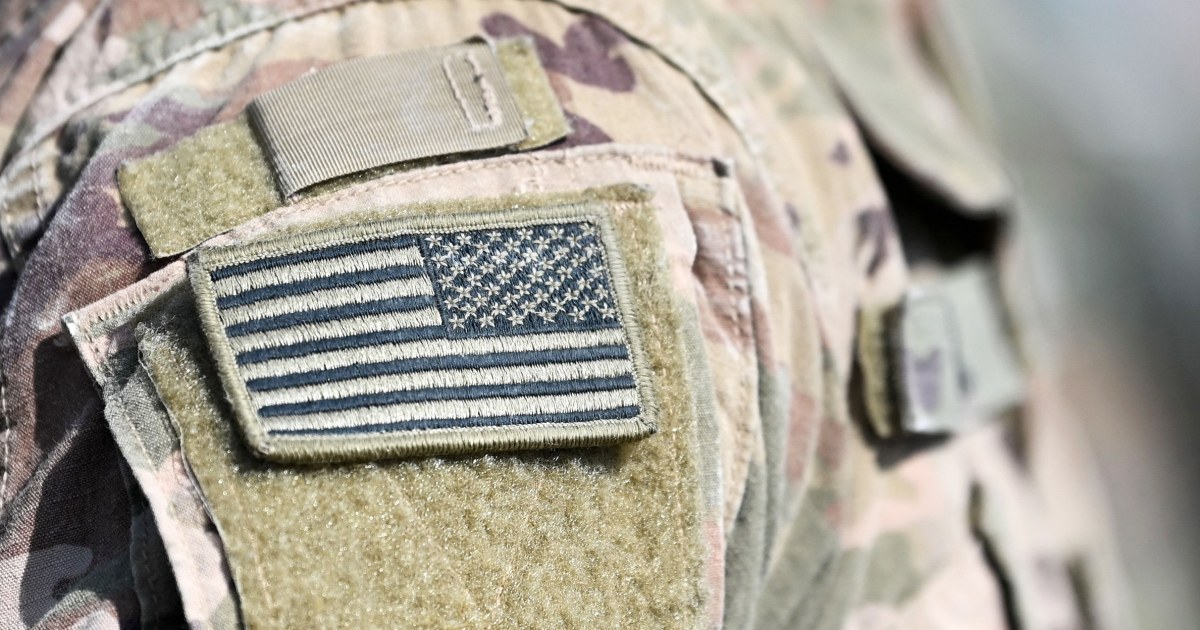
[ad_1]
A damning new report from the Defense Department’s inspector general shows major failures in military screening practices meant to weed out extremists during the recruitment process.
A press release from the inspector general’s office summarized the report’s findings Monday:
This report highlights that the military service recruiting organizations generally screened applicants for extremist and criminal gang behavior using applicant interviews, screening questionnaires, tattoo reviews, and background investigations. However, we identified a number of instances where military service recruiters did not complete required screening steps in accordance [with] military service guidance. For example, military service recruiters did not always administer screening questionnaires or forms, provide evidence of fingerprint check results, or provide evidence that a background investigation was initiated.
The report, which was published Aug. 3, found that recruiters “generally” screened applicants for extremist and criminal gang behavior in accordance with department policy. But, importantly, applicants required to go through additional screening often received an insufficient review, according to the report, potentially allowing extremists to slip through.
For example, of the applicants who required additional screening:
- Recruiters failed to note that merely 41% of them were asked and responded to questions about extremist or criminal gang affiliation.
- 40% weren’t required to fill out screening questionnaires or forms.
- 9% did not undergo tattoo and body modification screenings meant to indicate extremist or criminal gang affiliation.
- Officials failed to provide evidence of fingerprint results for 9% of them.
And the report lays out the stakes for these failures:
As a result of not completing required applicant screening steps, Military Service recruiters may not identify all applicants with extremist or criminal gang associations during the accessions screening process, increasing the potential for future security risks and disruptions to good order, morale, and discipline.
The issue of extremism within the military has become more dire since the Jan. 6, 2021, insurrection. Several active and former members of the military participated in the pro-Trump attack on the U.S. Capitol. And since then, lawmakers like Rep. Mark Takano, D-Calif., have responded by sounding the alarm on the links between violent extremism and military service.
Takano led a House Veterans‘ Affairs Committee hearing last year on the potential for current and former service members to be drawn toward extremist views. He referenced data that showed domestic violent extremist attacks by veterans and active-duty service members have killed more than 300 people and injured almost 2,000 more in attacks spanning from 1990 to 2021.
Former staffers of the House Jan. 6 committee have echoed Takano’s warnings about some service members’ vulnerability to extremist propaganda. And a USA Today investigation published last month found the military “has almost nothing to show for its new efforts to thwart extremism,” which includes the aforementioned screenings agencies are largely failing to conduct.
The new recruitment policies seem good in principle, but the report suggests they’re useless unless recruiters consistently adhere to them.
Meanwhile, the Republican Party — several members of which are, themselves, right-wing extremists — is widely opposed to diversity, equity and inclusion initiatives that could also help root out extremism from the ranks.
Republicans may not think weeding out extremists should be a priority. But experts and mountains of evidence say otherwise. The latest report on the Pentagon’s recruiting practices just adds to the pile.
[ad_2]
Source link

